Learning Pedal Techniques in Classical Sheet Music
Introduction
Pedaling is one of the most expressive techniques in classical sheet music performance. A well-executed pedal enhances resonance, sustain, dynamics, and tone color. However, poor pedaling can quickly muddy your sound and obscure your interpretation. For students learning through piano online lessons, mastering the three piano pedals—right, middle, and left—is crucial.
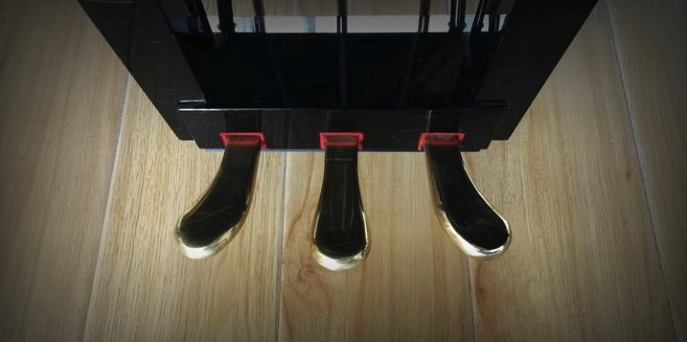
First Pedal: Right (Sustain Pedal)
The right pedal is the most frequently used. It lifts all the dampers off the strings, allowing them to vibrate freely and produce a sustained sound. This gives music a lush, connected feel, especially effective in lyrical or Romantic passages.
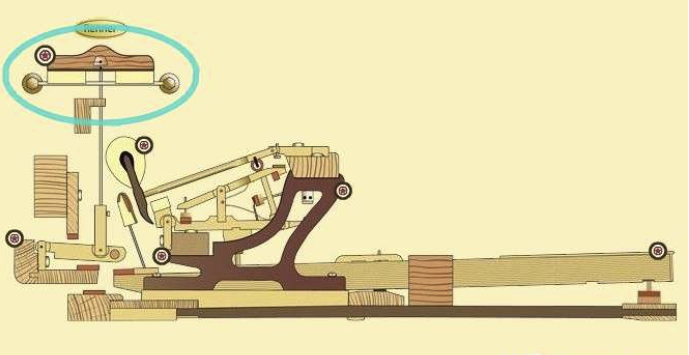
Pedal markings appear in two ways:
1. "Ped." and a snowflake-like symbol indicating release

2. A bracket symbol under the staff, showing press and release

Early exercises in easy sheet music like Tall Redwoods, Pedal Exercise, and Pedal Performance teach beginners to fully press and release the pedal without overlapping harmonies.
In piano online lessons, students learn three pedaling timings:
On-the-beat (direct pedal)
Pre-note pedal (for a fuller initial tone)
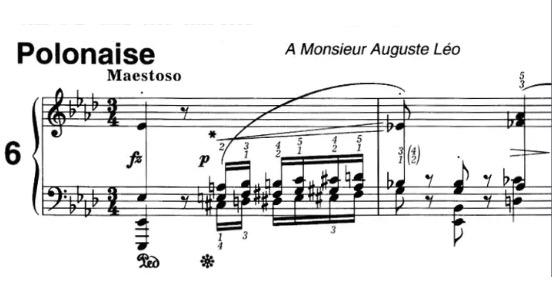
Post-note pedal (syncopated for smooth legato)
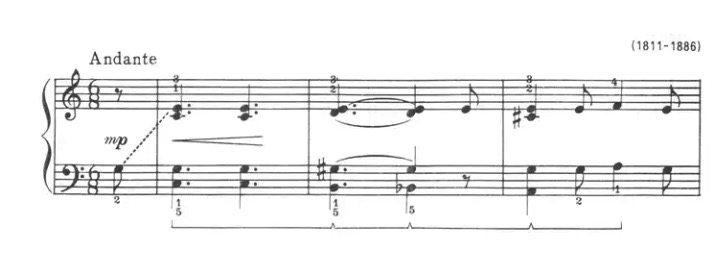
Intermediate learners also explore partial pedaling—adjusting depth to control resonance based on the specific piano. This requires developing a sensitive ear, which is also useful for evaluating pedaling accuracy in different piano notes editions.
Advanced techniques include:
Finger pedaling (holding notes manually)
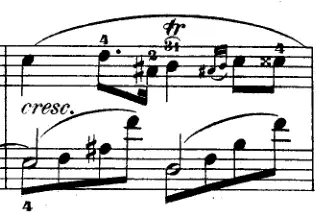
Rhythmic emphasis with the pedal
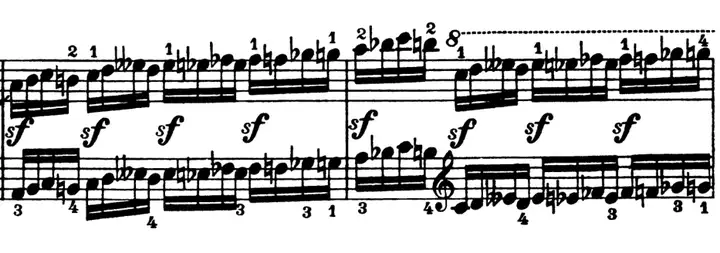
Flutter pedaling for rapid clearing
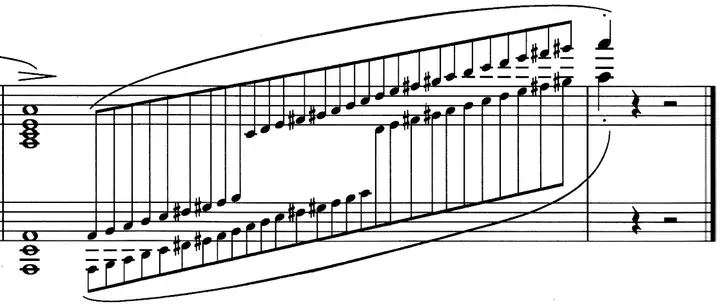
Style-based pedaling adjustments for Baroque, Classical, Romantic, and Modern works
Second Pedal: Middle (Sostenuto or Mute)
The function of the middle pedal depends on the piano type:
On uprights: acts as a practice/mute pedal
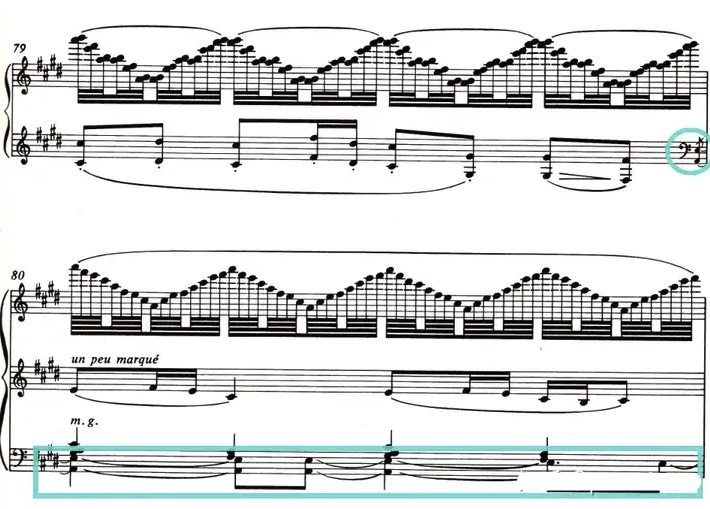
On grands: functions as a sostenuto pedal, sustaining selected notes while allowing others to play freely
Advanced classical sheet music occasionally includes instructions for using the middle pedal, such as in Ravel’s Jeux d'eau, where it’s used to hold low bass notes while harmonies shift above. Though not commonly taught in beginner piano online lessons, exposure to this pedal becomes valuable at the intermediate level.
Third Pedal: Left (Soft Pedal)
The left pedal, or una corda, changes the tone color:
On uprights: moves hammers closer to the strings, reducing volume

On grands: shifts hammers sideways to strike fewer strings, altering the tone and timbre
In older classical sheet music, the markings una corda and tre corde indicate when to apply or release the left pedal.
Fazioli grand pianos include an additional fourth pedal, which lowers the keybed for a softer tone without affecting the hammer mechanism—ideal for practice or dynamic nuance.
Understanding the unique sonic effects of the soft pedal allows musicians to tailor tone based on hall size, acoustic setting, and composer intent—especially important when performing expressive piano notes in recital settings.
Summary Tips on Pedaling
1. Use pedaling tastefully—too much muddies tone, too little makes music dry
2. Always listen critically; pedal use should support, not overshadow, finger technique
3. In easy sheet music, pedal markings are more standardized and should generally be followed
4. Markings in some digital or online piano notes editions may be inaccurate—develop the habit of adjusting by ear
5. For the same piece, you may use different pedaling approaches depending on the piano’s action or venue acoustics
6. Above all, train your ear—sound control is more important than memorizing mechanical rules
At SheetMusicGo, we provide annotated classical sheet music for learners of all levels, with special attention to practical pedaling suggestions. Our growing collection of piano notes and curated easy sheet music also includes exercises focused on pedaling practice—perfect for students learning through piano online lessons or independent study.
FAQs
1. How can I improve pedal timing for smoother transitions?
Practice with slow tempos and aim to release and press the pedal between harmonies. Many piano online lessons provide dedicated pedaling exercises for this.
2. Is it okay to skip pedal markings in beginner arrangements?
In easy sheet music, following pedal markings is important, but always trust your ear. If the sound becomes muddy, lighten or omit the pedal accordingly.
3. Why does the same pedaling sound different on another piano?
Each piano’s pedal mechanism and acoustic response vary. When practicing with piano notes from a score, use it as a guide but adapt based on the instrument you're playing.











